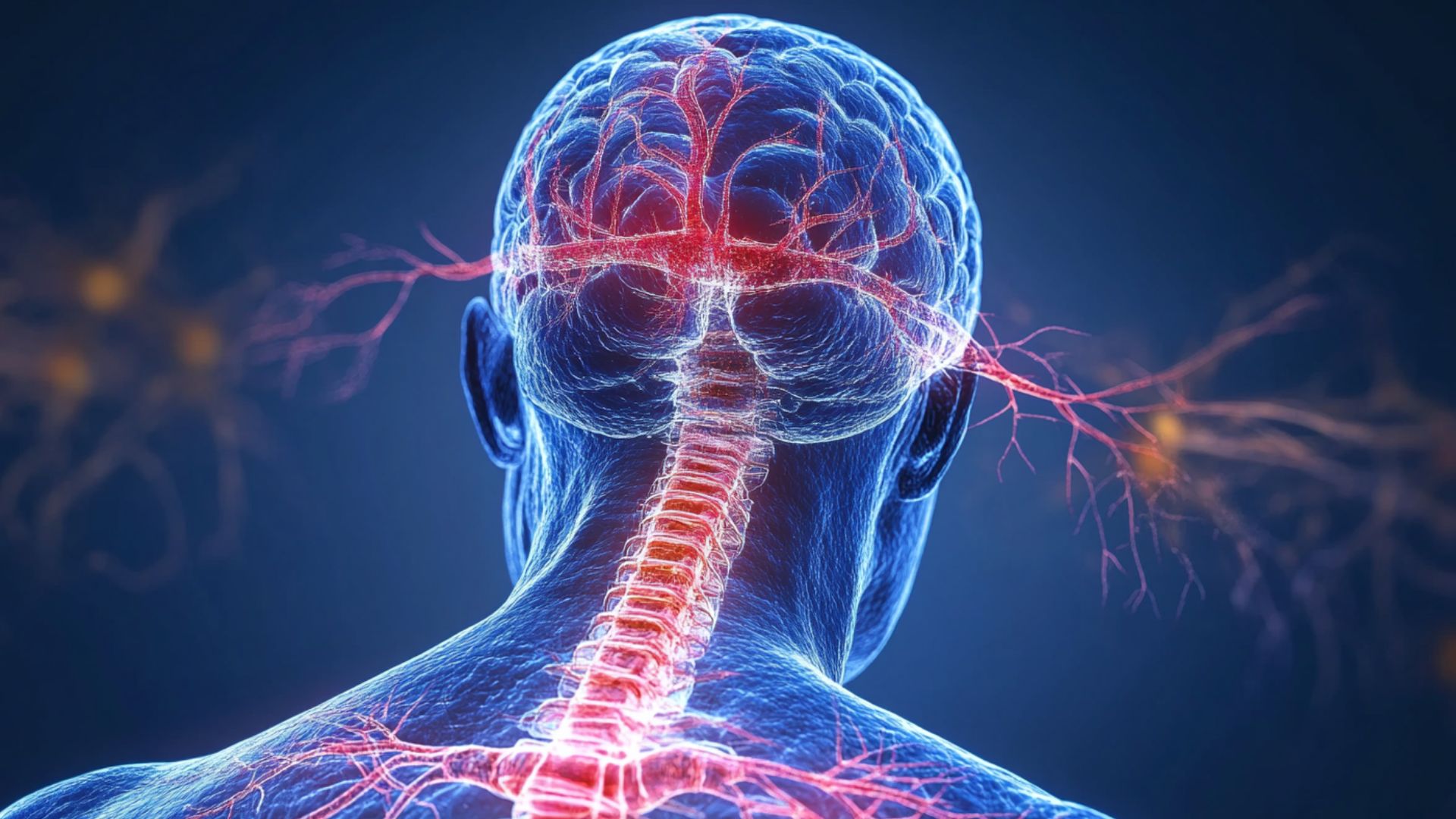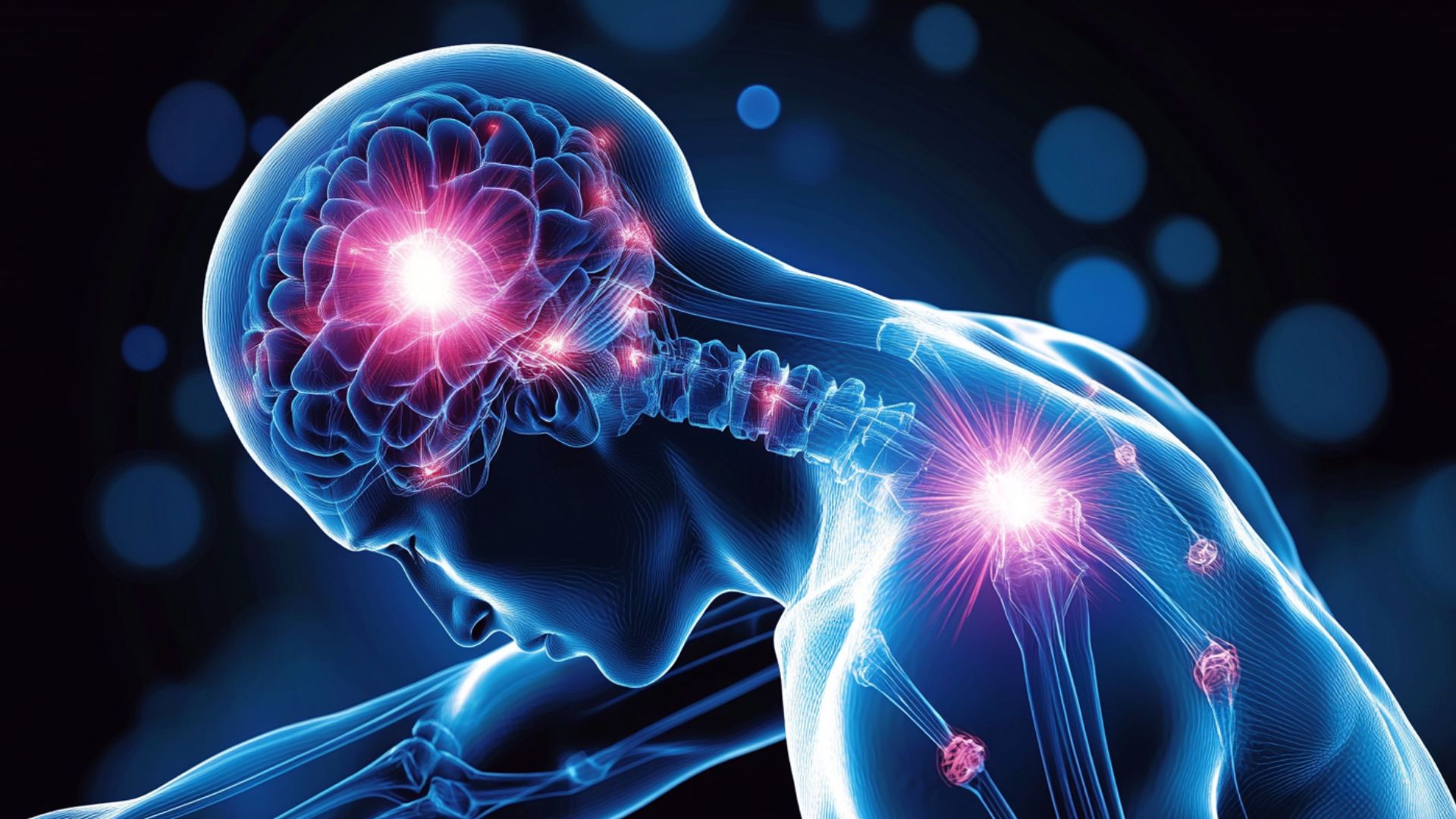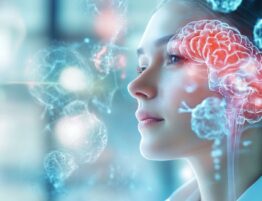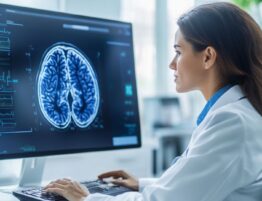Chronic pain affects millions of people worldwide and can last for months or even years. Unlike acute pain that serves as a warning signal, chronic pain often continues long after the original injury has healed. Understanding the neurological causes of chronic pain helps patients and doctors develop more effective treatment plans.
The nervous system plays a central role in how we experience pain. When nerves become damaged or the brain’s pain processing changes, normal healing doesn’t occur. This leads to persistent pain that can significantly impact daily life. Managing long-term pain requires a comprehensive approach that addresses both the physical and neurological aspects of pain.
Long-term care becomes essential because chronic pain is not just a symptom – it becomes a condition in itself. The brain and nervous system adapt to constant pain signals, creating new pathways that sustain the pain cycle. This is why quick fixes rarely work for chronic pain conditions.
Understanding Neurological Causes of Chronic Pain
How the brain processes pain begins when specialized nerve endings called nociceptors detect harmful stimuli. These sensors send electrical signals through the spinal cord to the brain. The brain then interprets these signals and creates the sensation we recognize as pain.
In chronic pain conditions, this normal process becomes disrupted. Several neurological causes of chronic pain can explain why pain persists:
- Nerve damage (neuropathy): Damaged nerves send incorrect signals to the brain, creating pain even without injury
- Central sensitization: The spinal cord and brain become overly sensitive to pain signals
- Phantom limb pain: The brain continues to perceive pain from amputated body parts
- Neuroplasticity changes: The brain rewires itself to maintain pain pathways
Common neurological conditions that cause chronic pain include diabetic neuropathy, multiple sclerosis, stroke-related pain, and trigeminal neuralgia. These conditions affect different parts of the nervous system but share similar characteristics. They all involve changes in how nerves communicate with the brain.
How the brain processes pain also involves emotional and psychological factors. The limbic system, which controls emotions, directly connects to pain-processing areas. This explains why stress, anxiety, and depression can worsen chronic pain. Understanding this connection helps doctors develop more effective treatment approaches.
Chronic Pain Management Techniques That Work
Evidence-based chronic pain management techniques focus on multiple approaches rather than relying on a single treatment. Research indicates that combination therapies are more effective than any single intervention alone.
Physical therapy remains one of the most effective treatments. Gentle exercises help maintain muscle strength and joint mobility while reducing pain sensitivity. Physical therapists teach patients safe movement patterns that don’t aggravate existing pain conditions.
Cognitive behavioral therapy (CBT) addresses the mental aspects of chronic pain. This therapy helps patients:
- Change negative thought patterns about pain
- Develop coping strategies for difficult days
- Learn relaxation techniques to reduce muscle tension
- Set realistic goals for daily activities
- Build confidence in managing pain independently
Chronic pain management techniques also include lifestyle modifications that support overall health. Regular sleep schedules help the nervous system recover and repair. Stress reduction through meditation or deep breathing exercises can lower pain intensity. Proper nutrition provides the building blocks for nerve health and tissue repair.
Nerve Pain Treatment Options Explained
Nerve pain treatment options vary depending on the underlying cause and severity of symptoms. Medications form the foundation of most treatment plans, but they work differently from standard pain relievers.
Anticonvulsant medications like gabapentin and pregabalin were originally developed for epilepsy. These drugs calm overactive nerves and reduce abnormal electrical activity that causes nerve pain. They’re particularly effective for conditions like diabetic neuropathy and post-shingles pain.
Tricyclic antidepressants serve dual purposes in pain management. At low doses, they block pain signals in the spinal cord while also addressing depression that often accompanies chronic pain. These medications take several weeks to show full effects.
Topical treatments offer localized relief without systemic side effects:
- Capsaicin cream depletes substance P, a chemical that transmits pain signals
- Lidocaine patches numb specific areas by blocking sodium channels in nerves
- Compounded creams combine multiple medications for targeted relief
Nerve pain treatment options extend beyond medications to include interventional procedures. Nerve blocks use local anesthetics or steroids to interrupt pain signals. Spinal cord stimulation implants electrodes that modify pain signals before they reach the brain. These advanced treatments require careful patient selection and ongoing monitoring to ensure optimal outcomes.
How the Brain Processes Pain Signals
The neurological pathway of pain perception involves multiple steps and structures. Understanding how the brain processes pain helps explain why chronic pain develops and persists.
Pain signals begin at specialized nerve endings throughout the body. These nociceptors respond to changes in temperature, pressure, and chemicals. When activated, they generate electrical impulses that travel along peripheral nerves toward the spinal cord.
At the spinal cord level, a crucial process called “gating” occurs. The spinal cord can either amplify or reduce incoming pain signals based on other sensory input and signals from the brain. This explains why rubbing an injury often reduces pain – the touch signals compete with pain signals at the spinal cord level.
From the spinal cord, pain signals travel to the thalamus, the brain’s relay station. The thalamus sorts incoming information and directs it to appropriate brain regions. Pain signals then reach multiple areas simultaneously, creating the complex experience of pain.
The somatosensory cortex is responsible for creating the physical sensation and location of pain. The anterior cingulate cortex is involved in processing the emotional aspects of pain. The prefrontal cortex evaluates the meaning of pain and plans responses. This explains why pain involves both physical and emotional components.
How the brain processes pain also includes descending pathways that can reduce pain perception. The brain releases natural pain-relieving chemicals, such as endorphins, and activates inhibitory pathways. In chronic pain conditions, these natural pain control systems often become impaired.
Managing Long-Term Pain Effectively
Managing long-term pain requires a structured, multidisciplinary approach that addresses all aspects of the pain experience. Successful management focuses on improving function and quality of life rather than eliminating pain.
Setting realistic goals forms the foundation of effective pain management. Patients work with healthcare teams to identify specific, achievable objectives. These might include walking a certain distance, sleeping through the night, or returning to favorite activities with modifications.
Pacing activities prevent pain flares while maintaining physical conditioning. This involves:
- Breaking large tasks into smaller, manageable segments
- Alternating activity with rest periods
- Gradually increasing activity levels over time
- Planning demanding activities for times when pain is typically lower
- Having backup plans for high-pain days
Managing long-term pain also involves building a strong support network. Family members, friends, and support groups provide emotional support and practical assistance. Healthcare teams should include primary care doctors, specialists, physical therapists, and mental health professionals.
Self-monitoring helps patients identify pain patterns and triggers. Keeping a pain diary reveals connections between activities, stress levels, weather changes, and the intensity of pain. This information guides treatment adjustments and lifestyle modifications.
Regular follow-up appointments ensure treatment plans remain effective over time. Pain conditions can change, requiring adjustments to medications, therapies, or goals. Open communication with healthcare providers leads to better outcomes and prevents problems from worsening.
Nerve pain treatment options may need to be modified as patients age or develop other health conditions. What works initially might become less effective over time, requiring creative solutions and alternative approaches.
Integrating Neurology Into Pain Management
Neurological perspectives transform pain care by addressing root causes rather than just symptoms. This approach recognizes pain as a complex neurobiological process that requires specialized understanding and treatment strategies.
Neurologists bring unique expertise in nervous system function and dysfunction. They can identify specific nerve pathways involved in individual pain conditions and recommend targeted treatments. This precision medicine approach leads to better outcomes with fewer side effects.
Advanced diagnostic techniques enable neurologists to pinpoint the exact causes of chronic pain. Nerve conduction studies measure the speed at which electrical signals travel through nerves. Electromyography evaluates muscle and nerve function. MRI scans can reveal structural problems affecting the nervous system.
Chronic pain management techniques benefit from neurological input at every level. Neurologists work with other specialists to coordinate care and ensure treatments complement rather than interfere with each other. This team approach prevents gaps in care and reduces the risk of medication interactions.
The future of pain management lies in personalized medicine based on individual neurological profiles. Genetic testing may predict which treatments are most effective for individual patients. Brain imaging could identify optimal targets for neurostimulation procedures. These advances promise more effective, tailored treatments for chronic pain sufferers.
Managing long-term pain successfully requires understanding that pain is not just a physical sensation but a complex neurological experience. By integrating neurological perspectives into comprehensive pain management programs, patients achieve better outcomes and improved quality of life. This holistic approach recognizes that effective pain treatment must address the sophisticated ways the nervous system processes, modifies, and maintains pain signals over time.












Please, leave your review
Write a comment: